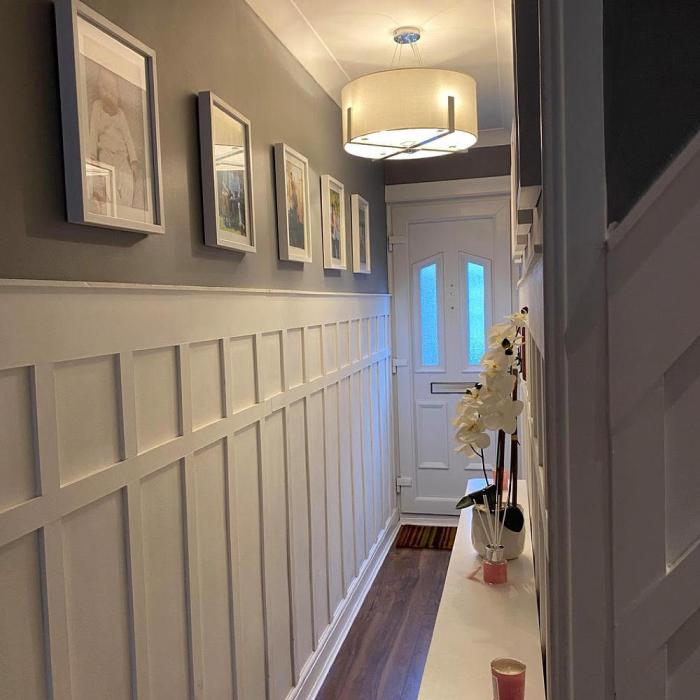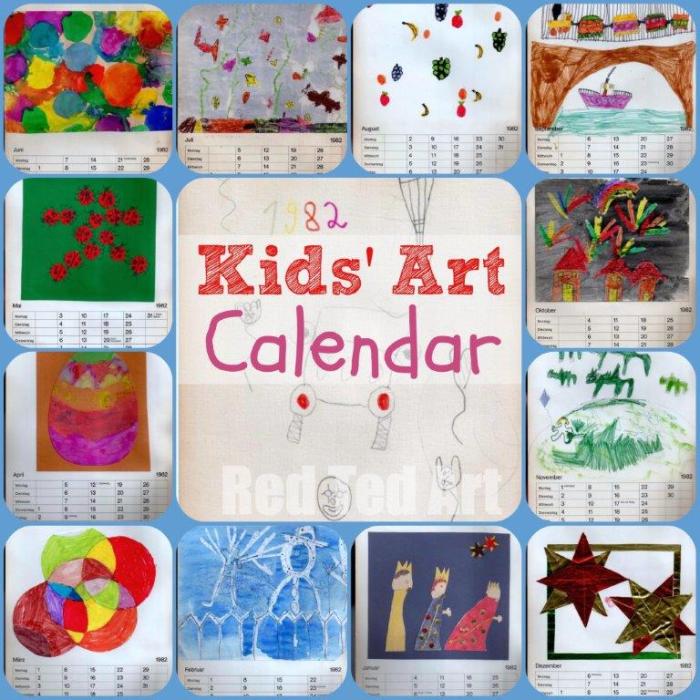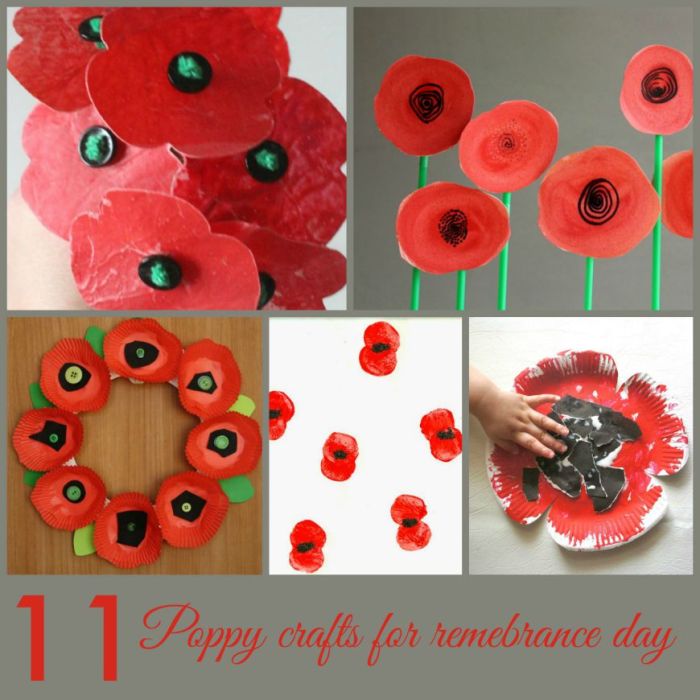Hall panelling ideas – Step into the realm of hall paneling ideas, where creativity meets functionality. Discover the art of transforming your hallway into an elegant and inviting space, one panel at a time.
Explore a myriad of design styles, materials, colors, patterns, and textures to create a hall that reflects your unique taste and enhances the overall ambiance of your home.
Hall Paneling Design Concepts
Hall paneling is a versatile design element that can dramatically transform the look and feel of your hallway. From traditional to modern and rustic styles, there’s a paneling option to suit every taste and décor. Here’s a guide to the different design styles for hall paneling, along with examples of how each style can enhance your hall’s ambiance.
Traditional Hall Paneling
Traditional hall paneling is characterized by its classic, elegant style. It typically features raised panels with intricate moldings and a rich, dark finish. Traditional paneling is a great choice for homes with a formal or historical feel. It can also add a touch of sophistication to more modern homes.
Modern Hall Paneling
Modern hall paneling is characterized by its clean lines and minimalist design. It typically features flat panels with a simple, unadorned finish. Modern paneling is a great choice for homes with a contemporary or Scandinavian style. It can also help to create a more spacious and airy feel in a small hallway.
Rustic Hall Paneling
Rustic hall paneling is characterized by its natural, weathered look. It typically features rough-hewn planks or boards with a distressed finish. Rustic paneling is a great choice for homes with a cabin or lodge-like feel. It can also add a touch of warmth and character to more modern homes.
Material Options for Hall Paneling
Hall paneling involves covering the walls with decorative materials, adding an aesthetic appeal and enhancing the overall ambiance. The choice of material for hall paneling is crucial as it impacts the durability, cost, and visual appeal of the finished product.
This section explores the various materials commonly used for hall paneling, discussing their advantages and disadvantages.
Wood
Wood is a timeless and versatile material for hall paneling, offering warmth, elegance, and durability. It comes in a wide range of species, each with unique characteristics and grain patterns. Solid wood panels provide the most authentic look and feel, but they can be expensive and require regular maintenance to prevent warping or damage.
- Advantages:
- Natural beauty and warmth
- Durability and longevity
- Versatility in design and style
- Disadvantages:
- Higher cost compared to other materials
- Requires regular maintenance to prevent warping or damage
- Susceptible to moisture and insects if not properly treated
Medium-Density Fiberboard (MDF)
MDF is an engineered wood product made from wood fibers that are bonded together with resin. It is a cost-effective alternative to solid wood and offers a smooth, paintable surface. MDF is less durable than solid wood and can be susceptible to moisture damage if not properly sealed.
- Advantages:
- Lower cost compared to solid wood
- Smooth, paintable surface
- Versatile in design and style
- Disadvantages:
- Less durable than solid wood
- Susceptible to moisture damage if not properly sealed
- May not have the same natural beauty as solid wood
Polyvinyl Chloride (PVC)
PVC is a lightweight, moisture-resistant material that is commonly used for hall paneling in commercial and industrial settings. It is durable, easy to clean, and available in a variety of colors and textures. However, PVC can be less aesthetically pleasing than wood or MDF.
- Advantages:
- Moisture resistance
- Durability and longevity
- Easy to clean and maintain
- Disadvantages:
- Less aesthetically pleasing than wood or MDF
- May not be as environmentally friendly as other materials
- Can be more expensive than MDF
Color Schemes for Hall Paneling
Choosing the right color scheme for your hall paneling can make a significant impact on the overall look and feel of your home. Here are a few tips to help you choose the perfect colors:
First, consider the overall décor of your home. If you have a traditional home, you may want to choose classic colors like white, cream, or beige. If you have a more modern home, you may want to choose bolder colors like black, navy, or gray.
Complementary Colors
Another thing to consider is the size of your hall. If you have a small hall, you may want to choose light colors to make it feel more spacious. If you have a large hall, you can choose darker colors to create a more intimate feel.
Neutral Colors
Neutral colors are a great choice for hall paneling because they go with any décor. They also help to create a sense of calm and serenity.
Bold Colors
Bold colors can make a statement in your hall. They are a great choice if you want to create a dramatic look. However, it is important to use bold colors sparingly, as they can be overwhelming if used too much.
Paneling Patterns and Textures
Explore the world of hall paneling patterns and textures, where design meets visual allure. From classic wainscoting to rustic shiplap, each style brings a unique charm to your entryway.
Textures play a crucial role in shaping the ambiance of your hall. Smooth surfaces exude elegance, while textured panels add depth and character.
Wainscoting
- A timeless choice that adds sophistication and charm to your hall.
- Characterized by vertical panels separated by a horizontal rail.
- Available in various heights, from low-profile to full-height.
Shiplap
- A rustic and cozy option that brings the warmth of a countryside cottage to your hall.
- Features overlapping horizontal planks that create a subtle texture.
- Can be painted or stained to match your desired aesthetic.
Beadboard
- A classic paneling style that evokes a sense of nostalgia and charm.
- Consists of narrow vertical planks with a bead (rounded edge) along the edges.
- Adds a touch of elegance and detail to your hall.
Lighting Considerations for Hall Paneling
Lighting plays a crucial role in accentuating the aesthetics of hall paneling. It can highlight the intricate designs, textures, and colors, creating a dramatic and inviting atmosphere. Here are some key considerations for choosing the right lighting fixtures and techniques for your paneled hall:
Fixture Selection
The type of lighting fixtures you choose will significantly impact the overall ambiance of your hall. Consider the style of your paneling and the desired mood you want to create. For example, recessed lighting can provide a sleek and modern look, while pendant lights can add a touch of elegance and warmth.
Light Direction
The direction of the light can dramatically alter the appearance of your paneling. Uplighting, which casts light upwards from the floor, can create a sense of height and drama. Downlighting, on the other hand, provides more focused illumination and can highlight specific architectural features or artwork.
Color Temperature
The color temperature of your lighting can influence the overall atmosphere of your hall. Warm light, with a lower Kelvin rating, creates a cozy and inviting ambiance, while cool light, with a higher Kelvin rating, provides a more energetic and stimulating environment.
Dimming Capabilities
Dimming capabilities allow you to adjust the intensity of the light to suit different occasions. This flexibility can create a more intimate and relaxed setting for evening gatherings or a brighter and more welcoming atmosphere for daytime events.
DIY Hall Paneling Projects

Embark on a transformative journey by tackling DIY hall paneling projects. With careful planning and the right materials, you can elevate your hallway into a sophisticated and inviting space.
Materials and Tools
Gather essential materials like wood panels, molding, nails, screws, and adhesive. Equip yourself with tools such as a saw, drill, level, measuring tape, and hammer.
Step-by-Step Guide
1. Plan and Measure
Determine the paneling layout and measure the walls accurately. Mark the stud locations for secure attachment.
2. Cut the Panels
Using a saw, cut the wood panels to the desired size and shape. Ensure precise measurements for a seamless fit.
3. Install the Panels
Secure the panels to the wall using nails or screws. Start from the bottom and work your way up, aligning them evenly.
4. Apply Molding
Enhance the panels with molding. Cut the molding to length and attach it around the edges of the panels using adhesive or nails.
5. Finishing Touches
Fill any gaps or nail holes with wood filler. Sand the surface smooth and apply a finish of your choice, such as paint or stain.By following these steps and customizing the design to your taste, you can create a stunning and functional hall paneling that reflects your personal style.
Hall Paneling Installation Techniques
Installing hall paneling can be a great way to add style and sophistication to your home. There are a few different techniques that you can use to install hall paneling, and the best technique for you will depend on the type of paneling you are using and the look you want to achieve.
One common technique for installing hall paneling is to use nails or screws to attach the paneling to the wall. This is a relatively simple technique, but it can be time-consuming if you have a lot of paneling to install.
Another option is to use adhesive to attach the paneling to the wall. This is a faster method than using nails or screws, but it is important to make sure that you use the right type of adhesive for the type of paneling you are using.
Nailing or Screwing
To nail or screw hall paneling, you will need to first measure and mark the location of the studs in the wall. Once you have marked the location of the studs, you can start nailing or screwing the paneling to the wall.
Be sure to use nails or screws that are long enough to penetrate the paneling and the studs.
Adhesive
To install hall paneling using adhesive, you will need to first apply a thin layer of adhesive to the back of the paneling. Once you have applied the adhesive, you can press the paneling into place on the wall. Be sure to hold the paneling in place for a few minutes to allow the adhesive to set.
No matter which technique you choose to use, it is important to take your time and make sure that the paneling is installed correctly. If you are not sure how to install hall paneling, it is always best to consult with a professional.
Maintenance and Care for Hall Paneling: Hall Panelling Ideas
Maintaining hall paneling ensures its longevity and pristine appearance. Regular cleaning removes dust and dirt, while periodic repairs address any damages. Refinishing can restore the paneling’s original luster or update its look.
Cleaning, Hall panelling ideas
Use a soft cloth or vacuum cleaner with a brush attachment to remove dust. For tougher stains, use a mild detergent mixed with water and a soft cloth. Avoid abrasive cleaners or harsh chemicals, as they can damage the finish.
Repairs
Small dents or scratches can be filled with wood filler and sanded smooth. For larger damages, consult a professional carpenter or handyman. Prompt repairs prevent further damage and maintain the paneling’s integrity.
Refinishing
Over time, the paneling’s finish may fade or become damaged. Refinishing involves sanding, staining, and applying a protective finish. This process restores the paneling’s original beauty or transforms its appearance. Consider hiring a professional for optimal results.
Cost Considerations for Hall Paneling

The cost of hall paneling varies depending on the material, design, and installation method. Factors to consider include:
- Material cost: Wood paneling is typically more expensive than MDF or PVC.
- Design complexity: Intricate designs or custom panels will increase the cost.
- Installation method: Professional installation will add to the overall cost.
On average, the cost of hall paneling ranges from $5 to $25 per square foot, including materials and installation.
Hall Paneling Trends
The latest trends in hall paneling embrace a fusion of classic elegance and contemporary flair. These trends are reshaping the design and installation of hall paneling, transforming it into a captivating focal point that sets the tone for the entire home.
One notable trend is the resurgence of intricate moldings and decorative accents. Paneling is adorned with intricate carvings, raised panels, and fluted designs, adding depth and character to the space. This trend draws inspiration from historical architectural styles, bringing a touch of timeless charm to modern interiors.
Color Trends
Color plays a pivotal role in hall paneling trends. Neutral shades like white, beige, and gray continue to dominate, providing a versatile backdrop for a variety of decor styles. However, bolder hues are also making a statement, with navy blue, emerald green, and deep reds adding a touch of drama and sophistication to hallways.
Material Innovations
Technological advancements have introduced innovative materials for hall paneling. Engineered wood products, such as MDF and HDF, offer durability and affordability, while maintaining the natural beauty of wood. Composite materials, like fiberglass and bamboo, provide exceptional resistance to moisture and wear, making them ideal for high-traffic areas.
Lighting Techniques
Lighting plays a crucial role in enhancing the visual appeal of hall paneling. Recessed lighting, concealed behind panels, creates a subtle and elegant ambiance. Pendant lights and chandeliers add a touch of glamour, while wall sconces provide ambient illumination. By incorporating different lighting techniques, homeowners can create a dynamic and inviting atmosphere in their hallways.
DIY Versatility
Hall paneling is becoming increasingly popular as a DIY project. With the availability of pre-cut panels and easy-to-follow instructions, homeowners can transform their hallways without the need for professional installation. This trend empowers homeowners to customize their spaces and create unique and personalized designs.
Inspirational Hall Paneling Ideas
Explore a gallery of captivating hall paneling ideas, showcasing a diverse range of styles, materials, and color palettes. Get inspired to create a hallway that exudes elegance, warmth, and functionality.
[detailed content here]
Closing Notes
Whether you seek traditional elegance, modern sophistication, or rustic charm, hall paneling offers endless possibilities to elevate your hallway. Embrace the power of paneling to create a space that welcomes you home with warmth and style.
Essential Questionnaire
What are the benefits of hall paneling?
Hall paneling protects walls from damage, enhances insulation, reduces noise, and adds aesthetic value to your hallway.
What is the most popular material for hall paneling?
Wood is a classic and versatile choice for hall paneling, offering durability, warmth, and a timeless appeal.
Can I install hall paneling myself?
Yes, with proper planning and tools, DIY hall paneling projects are achievable. However, for complex installations, it’s advisable to consult a professional.


